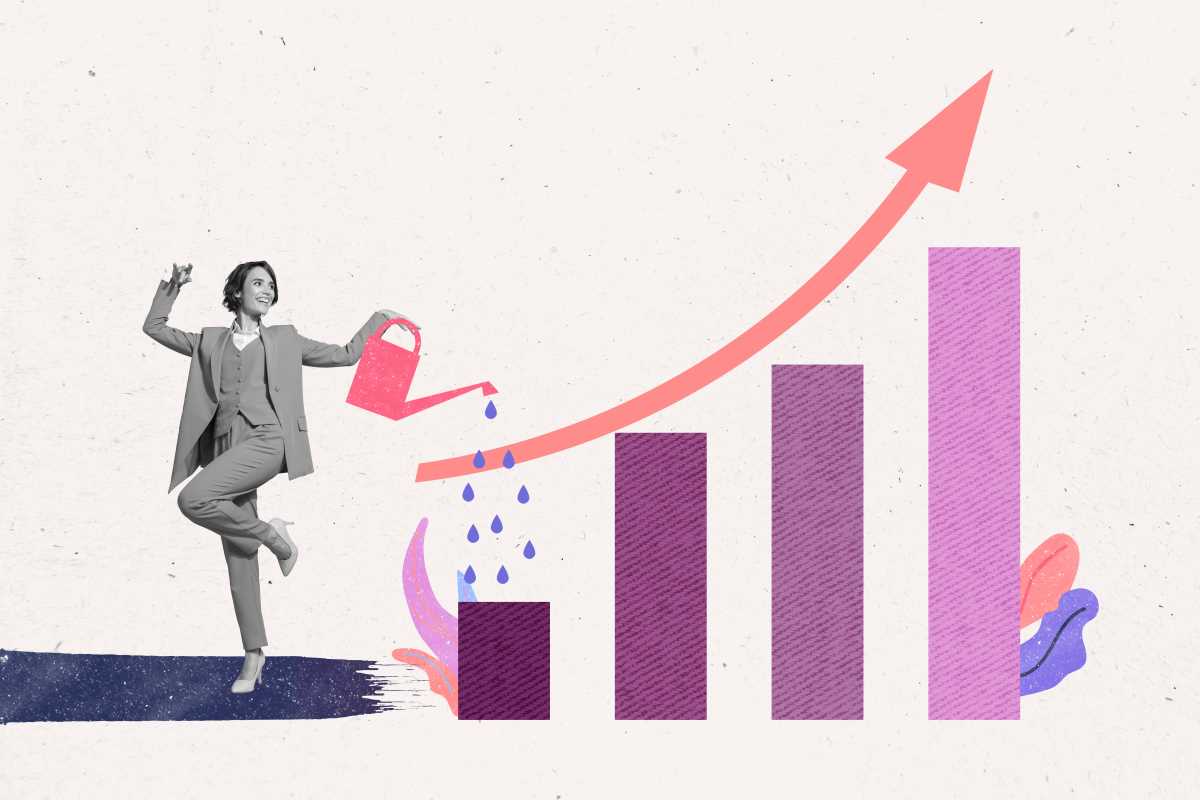As environmental challenges grow more complex, organizations must access substantial resources to drive initiatives that protect ecosystems, promote sustainability, and influence policy. Federal grants from agencies like the EPA, USDA, and NOAA offer the financial support needed to launch impactful projects—but success depends on more than just a good idea. Nonprofits must master the grant writing process, demonstrating both strategic vision and technical precision. From aligning proposals with agency priorities to crafting persuasive narratives and accurate budgets, excelling in this space requires preparation, clarity, and attention to detail. This guide offers a practical roadmap to help environmental nonprofits confidently navigate the federal grant landscape.
Key Federal Funding Sources
- Environmental Protection Agency (EPA) – Offers grants for projects focused on protecting human health and the environment, including pollution prevention and climate change research.
- National Science Foundation (NSF) – Funds scientific research and education initiatives in biodiversity, ecosystem services, and sustainable practices.
- U.S. Department of Agriculture (USDA) – Supports conservation, sustainable agriculture, and rural development, promoting both environmental and economic sustainability.
- Department of the Interior (DOI) – Provides funding for natural resource management projects, including wildlife conservation and land stewardship.
- National Oceanic and Atmospheric Administration (NOAA) – Offers grants related to oceanic and atmospheric research, including marine conservation and climate forecasting.
Essential Grant Writing Skills
To succeed in grant writing, environmental organizations must develop a combination of creative, strategic, and technical skills:
- Strong Research Abilities: Knowing each funding agency’s goals and staying informed on changes in their priorities ensures your proposal aligns with their expectations.
- Effective Communication: Your proposal must clearly explain the project’s goals, methods, and anticipated outcomes while demonstrating the importance and impact of your work.
- Attention to Detail: Adhering to formatting rules, submitting complete documentation, and meeting deadlines are critical to making a professional and competitive application.
Crafting a Compelling Proposal
A strong grant proposal includes several vital components:
- Clear Objectives: Define specific, measurable goals you intend to achieve.
- Comprehensive Budget: Justify each expense to reflect responsible financial planning.
- Methodology: Detail your project approach and implementation strategy.
- Evaluation Plan: Describe how success will be measured, including metrics and tools.
- Sustainability: Explain how your project will continue to benefit the community or environment after funding ends.
- Organizational Capacity: Showcase your team’s skills and your organization's track record.
Each element must be well-crafted to stand out in a competitive funding landscape.
Common Challenges and How to Address Them
Environmental nonprofits often face challenges in aligning their missions with the funder's goals. This can be overcome with thorough research and by tailoring each proposal to the specific priorities of the funding agency.
Complex applications can be simplified through clear, organized writing and the use of templates and checklists. Partnerships with other organizations can also strengthen proposals by demonstrating broader support and impact.
Tools and Resources for Effective Grant Writing
- Grant Management Software: Platforms like GrantHub and Instrumentl help track deadlines and manage applications efficiently.
- Grant Databases: Sites such as Grants.gov and Foundation Directory Online provide comprehensive grant listings and funder details.
- Collaboration Tools: Google Workspace and Microsoft Teams facilitate teamwork during proposal development.
- Writing Assistance: Tools like Grammarly and Hemingway Editor improve clarity and professionalism.
- Budgeting Tools: QuickBooks and Excel help create accurate, well-structured budgets.
- Training & Webinars: Regularly attending workshops or online courses keeps you updated on best practices and evolving grant requirements.
Integrating these resources into your workflow can greatly improve the quality and success rate of your proposals.
Successful grant writing for environmental nonprofits requires thoughtful planning, clear communication, and smart use of digital tools. By understanding federal funding opportunities, developing key writing skills, crafting well-structured proposals, and leveraging the right resources, your organization can effectively compete for the funding needed to drive real environmental change.
 (Image via
(Image via





